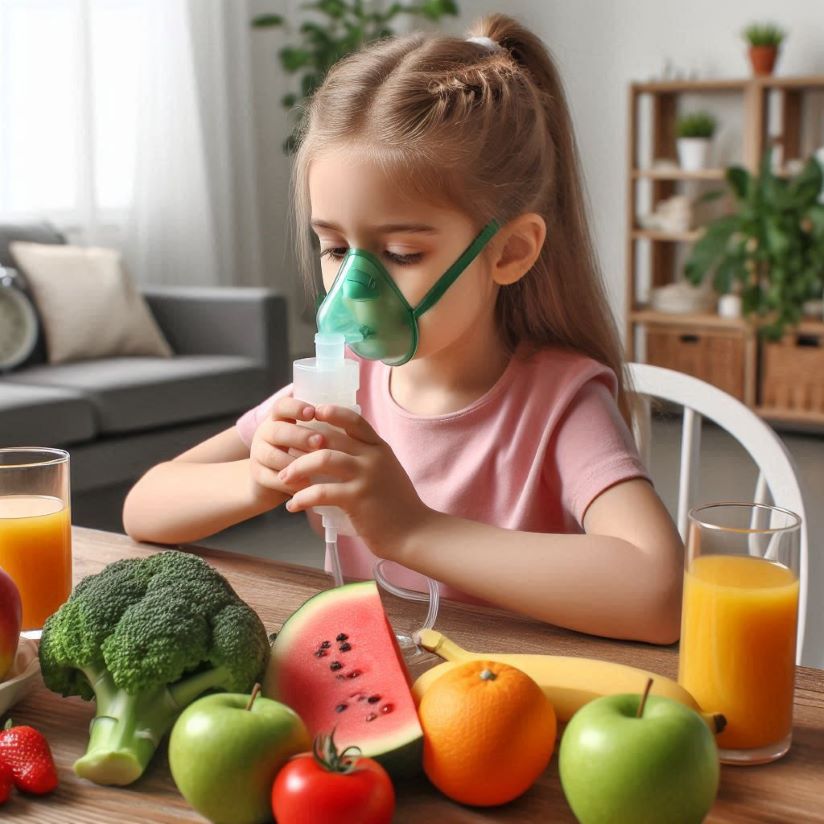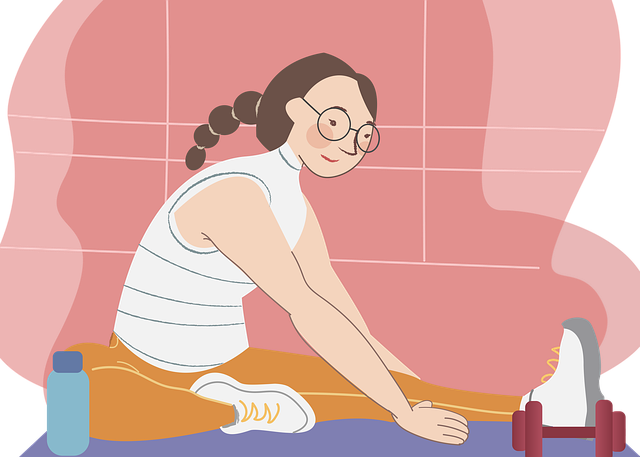Tag Archives: portable nebulizer
Children’s Respiratory Health: How to Use a Portable Nebulizer for Pediatric Care
Children’s respiratory health is a critical aspect of their overall well-being. Their developing airways make them more susceptible to respiratory issues such as colds, bronchiolitis, asthma, and croup. While many of these conditions resolve independently, some situations require additional support. In this guide, we’ll explore the challenges of managing children’s respiratory health and discuss how a portable inhaler nebulizer can be a valuable tool for pediatric care.
Understanding Respiratory Issues in Children
- Colds: Common culprits behind coughs, runny noses, and congestion.
- Bronchiolitis: Inflammation of the small airways in the lungs, often caused by respiratory syncytial virus (RSV).
- Asthma: A chronic condition leading to airway inflammation, wheezing, coughing, and shortness of breath.
- Croup: Inflammation of the upper airway, causing a barking cough and breathing difficulties.
Pediatric Nebulizer Therapy: What Parents Need to Know
- Prescription Required: Nebulizers are medical devices requiring a doctor’s prescription for the device itself and the medication used.
- Types of Medication: Nebulized medications include bronchodilators (to open airways), corticosteroids (to reduce inflammation), and mucus thinners (to clear congestion).
- Treatment Duration: Nebulizer treatments typically take 10-15 minutes, with frequency based on the child’s specific condition and doctor’s recommendations.
Making Nebulizer Use Comfortable for Kids
- Explain the Process: Talk to your child calmly about the nebulizer and how it will help them feel better.
- Create a Positive Environment: Let your child choose a favorite toy or book during treatment. Sing songs or tell stories to distract them from the mist.
- Choose the Right Mask: A well-fitting face mask is crucial. Look for child-sized masks with colorful designs or fun characters.
- Offer Rewards: Stickers or praise after successful treatments encourage cooperation.
Recognizing and Responding to Symptoms
Early intervention is crucial:
- Wheezing: High-pitched whistling sound during breathing.
- Rapid Breathing: More breaths per minute than usual for the child’s age.
- Struggling to Breathe: Visible use of accessory muscles (like chest muscles) to breathe.
- Fever: Along with other respiratory symptoms, it can indicate a serious infection.
- Poor Feeding or Lethargy: Unusual tiredness or lack of interest in eating may signal difficulty breathing.
If you notice any of these symptoms, consult your pediatrician immediately. They can diagnose the cause and recommend appropriate treatment, including nebulizer therapy.
READ ALSO: Reconsidering Your Drinking Habits
Long-Term Management
Beyond acute symptoms, consider:
- Frequent Handwashing: Prevents the spread of germs causing colds and respiratory illnesses.
- Allergy Management: Work with your doctor to minimize allergy-induced respiratory symptoms.
- Avoid Secondhand Smoke: It irritates airways and worsens respiratory problems.
- Healthy Lifestyle: Encourage a balanced diet and regular physical activity to support the immune system.
By understanding these challenges and using portable nebulizers when needed, you can help your child breathe easier and enjoy better respiratory health.





